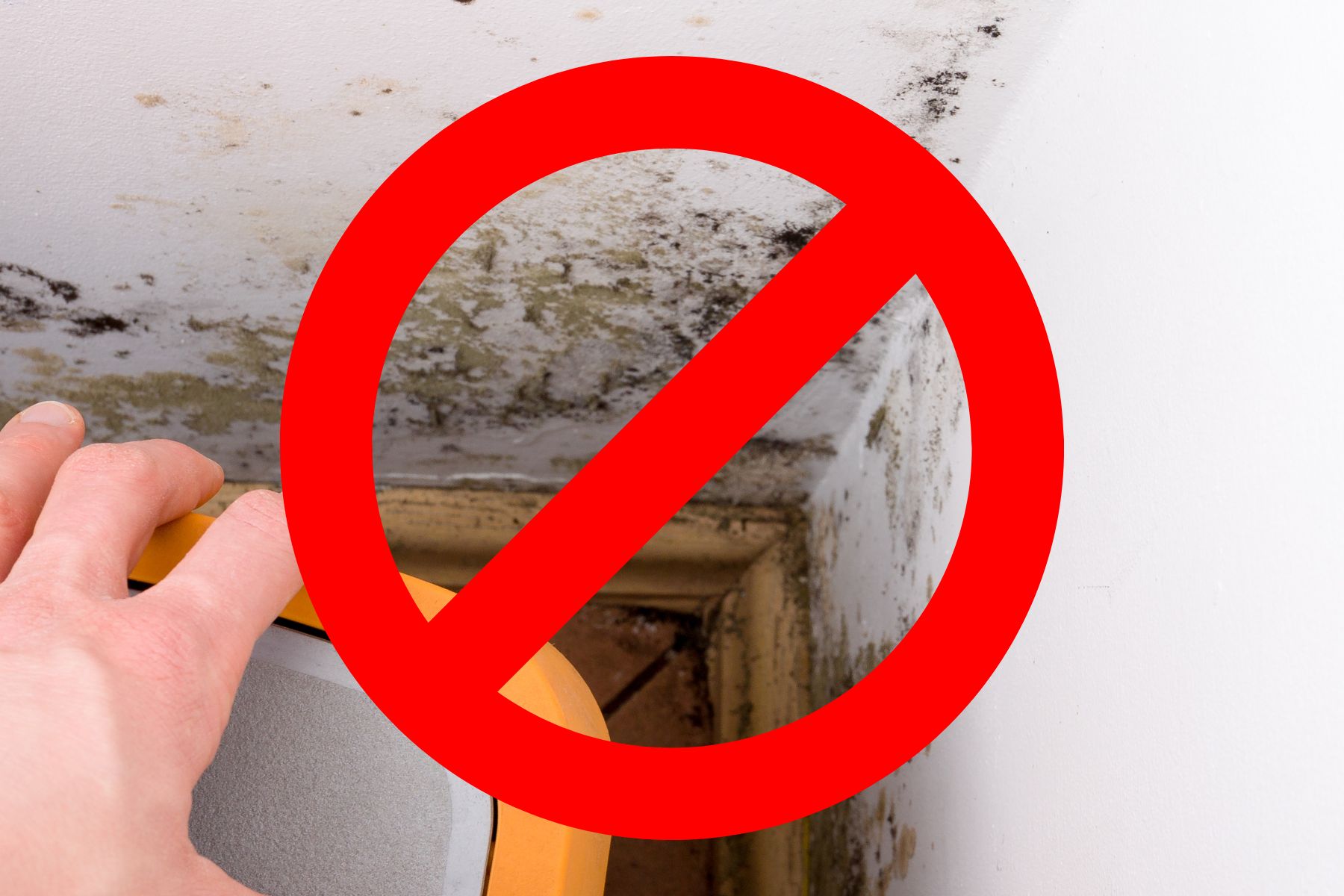Healthy Home Environment: Indoor Air Quality and Mould Prevention
2 min read

Living in a cozy and comfortable home should bring peace and happiness to our lives, but what happens when something as seemingly harmless as a little dampness or poor ventilation leads to severe indoor air pollution? Did you know that the air inside your house could be up to five times more polluted than the outdoor environment? Yikes! Thats where this post comes in we're here to talk about indoor air quality and mould prevention, and why these factors play a crucial role in maintaining a healthy living space.
Mould: The Unseen Invader
First things first, let's tackle mould. Mould thrives in moist environments, so it's essential to keep your home dry and well-ventilated to prevent its growth. Leaky roofs, faulty plumbing, or condensation caused by high humidity levels can lead to mould infestations. It's vital to address moisture issues immediately and invest in dehumidifiers if necessary. Regular cleaning and disinfection of surfaces prone to mould, like bathroom tiles and grout, will also go a long way in keeping your home mould-free.
Breathe Easy with Proper Ventilation
But preventing mould isn't enough. We need to ensure proper ventilation throughout our homes to maintain good indoor air quality. Stale and stagnant air can cause stuffiness, headaches, and fatigue. Poor air circulation can worsen existing respiratory problems, trigger allergies, and lead to unpleasant odours. Installing exhaust fans in kitchens, bathrooms, and laundry rooms can significantly improve indoor air quality by removing unwanted fumes, steam, and smells. Opening windows during favourable weather conditions can also promote natural airflow and freshen up your living spaces.
Filtration: Your Home's Defence Shield
Filtration systems are another effective solution for enhancing indoor air quality. These devices use specialised filters to capture airborne particles like dust, pollen, pet hair, and smoke. High-efficiency particulate air (HEPA) filters are particularly useful since they remove 99.7% of airborne contaminants as small as 0.3 microns. Consider investing in a portable HEPA filter or installing one into your heat pump or air-conditioning system for optimal results.
Humidity: Getting the Balance Right
Lastly, controlling indoor humidity levels is essential for maintaining a healthy home environment. Humidity above 60% creates ideal breeding grounds for mould and mildew, while low humidity levels below 30% can result in dry skin, irritated nasal passages, and static electricity buildup. Aim to keep your home's relative humidity between 35% and 50%. Using a hygrometer to monitor humidity levels and employing a dehumidifier during excessively wet seasons can help achieve this target range.
In conclusion, ensuring excellent indoor air quality involves addressing mould prevention, promoting adequate ventilation, incorporating filtration systems, and regulating indoor humidity levels. By prioritising these factors, we can safeguard our homes against potential hazards and enjoy a fresh and rejuvenating atmosphere. If this seems like a daunting task, don't panic. At Home Improvement Quotes, we can connect you with top-notch contractors who can help you make the necessary changes. Why not request a quote today and take the first step towards a healthier home? Breathe easy knowing that a healthier, happier home is just a click away.